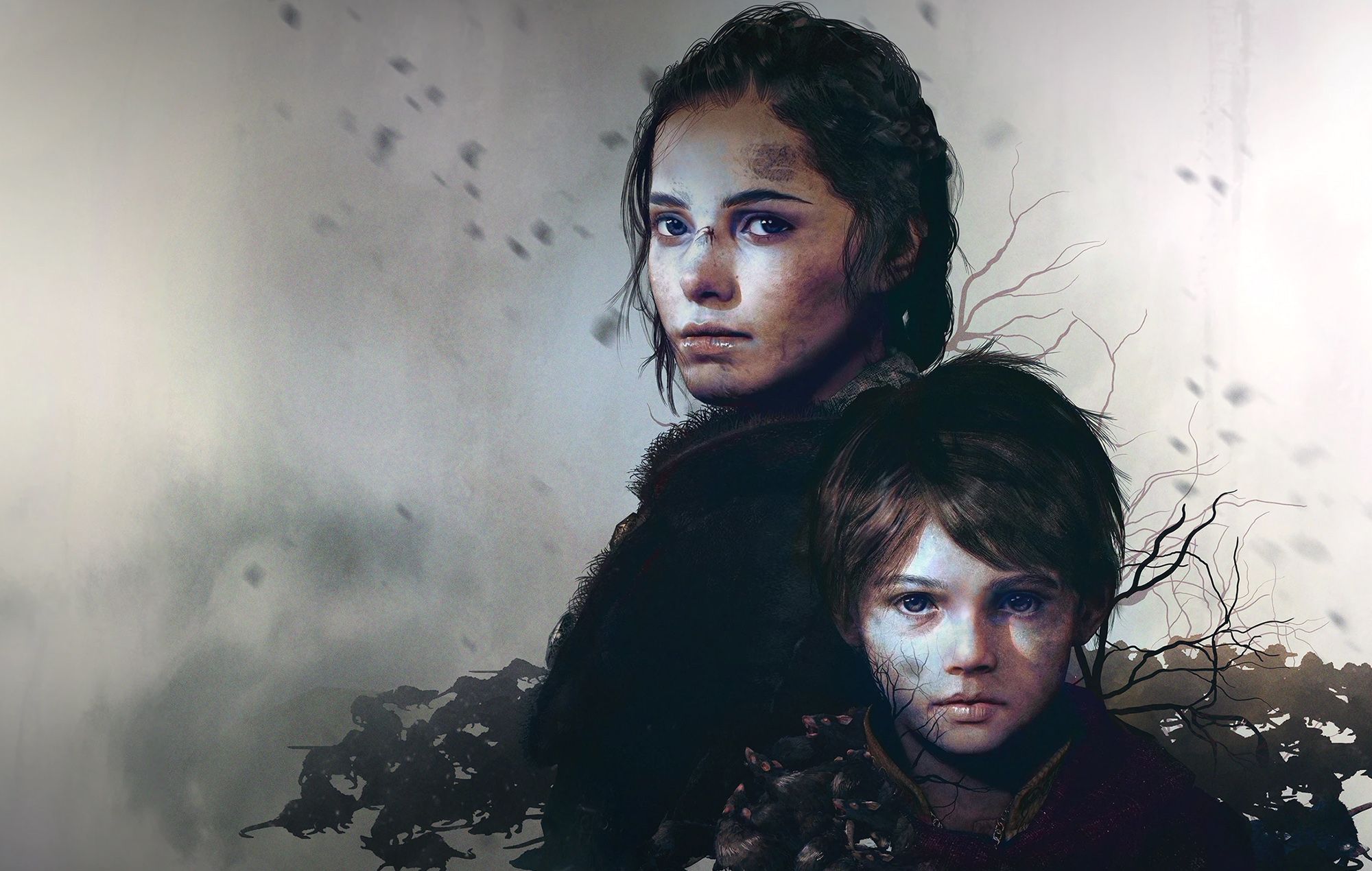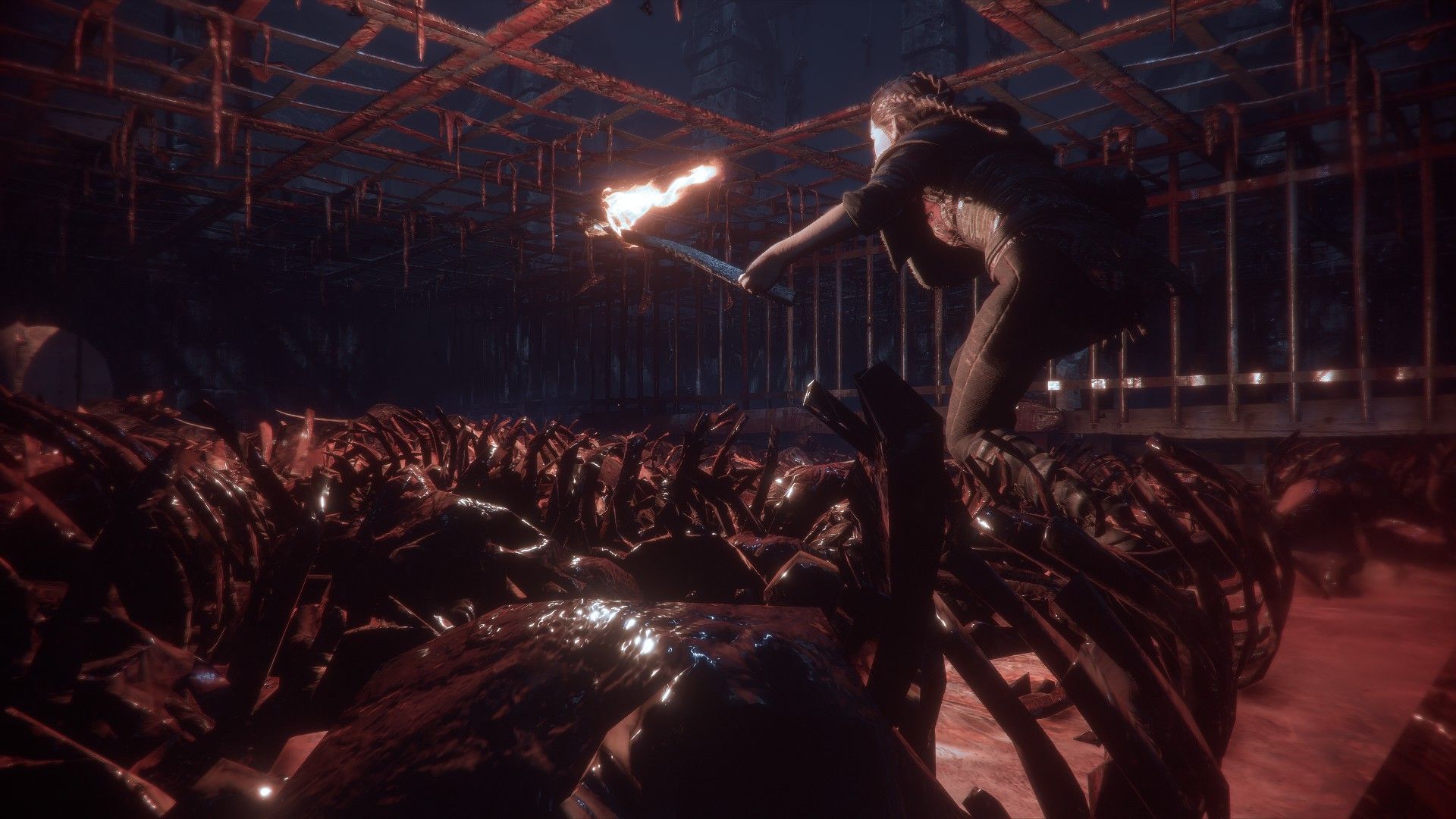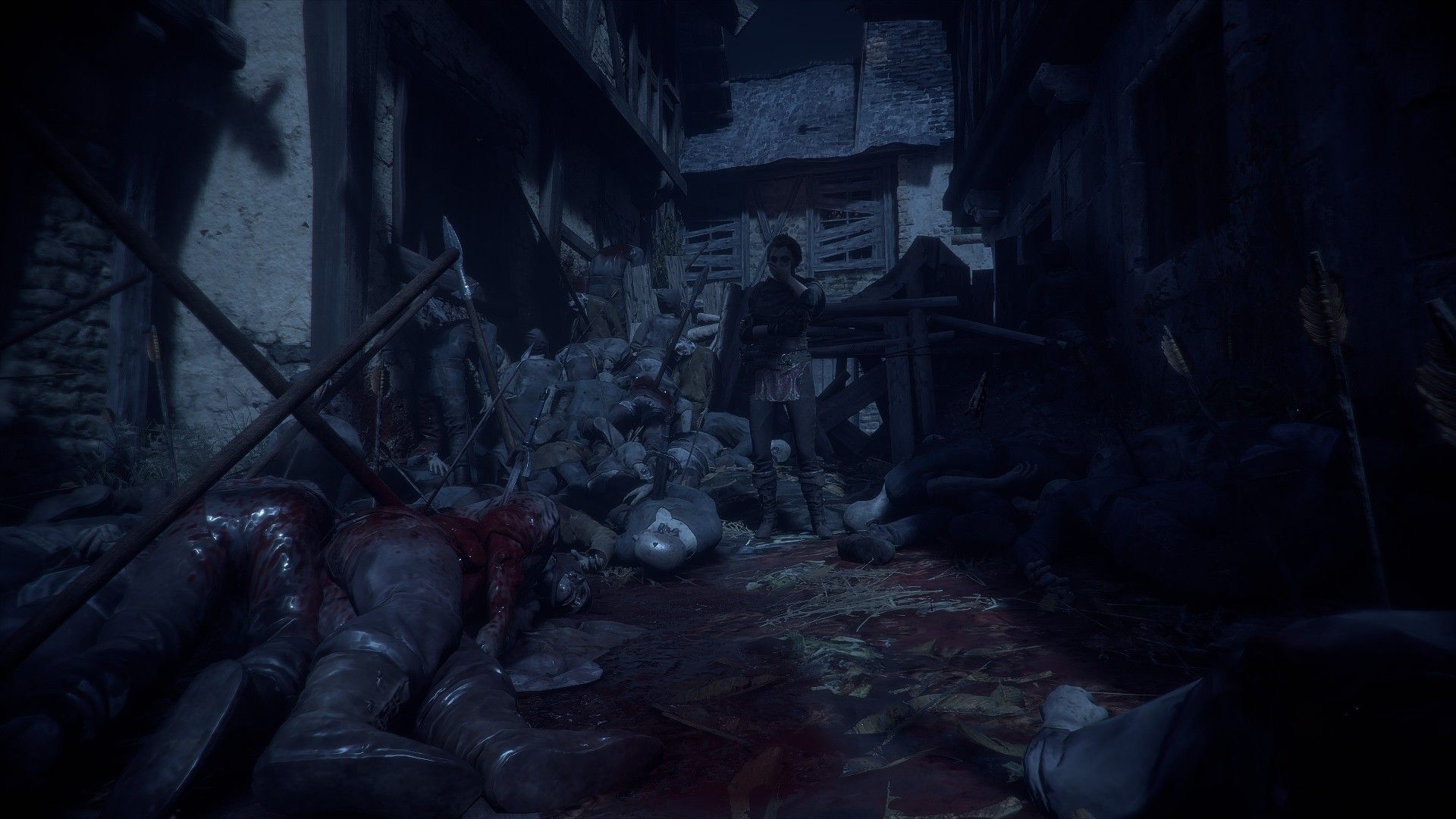A Plague Tale: Innocence Retrospective
On the eve of the sequel's launch, we take a look back at the original Plague Tale

Welcome to France of 1349. The Plague is running rampant, and rat swarms are ravaging the streets. Amicia and her little brother Hugo are on the run from the Inquisition and facing all sorts of horrors in their fight to survive.
We are met with gorgeous graphics and a story that starts out with a bang. Hand-in-hand, Amicia and Hugo learn to trust each other as they evade Inquisition soldiers and endure the horrors that surround them. Along with other children, the use of alchemy and fire, they fight for future and purpose as the world around them crumbles and dies.
A Plague Tale: Innocence tells a story inspired by the true events that took place in Europe during the Black Death. With haunting accuracy, it puts some of the darkest parts of that bit of history on display, and does not spare on the gruesome details. In its unrestrained brutality, you will witness piles and piles of corpses, savage murder animations, pools of blood, and Amica – just a child, remember – getting murdered several times before the game's completion. There are times where Amicia killing someone is unavoidable, whether she's using her sling or causing the enemy to get swarmed by diseased rats. As awful as it all sounds, it is all a big part of the grim story being told.

This is one of those games that are very linear in both its story and gameplay. A Plague Tale: Innocence is telling a story that demands to be heard; Amicia and Hugo are on that set path, and the only time they divert from it at all is when there is a flower only slightly off of that path. Anything you might need or be on the lookout for, like more rocks or ingredients for your alchemy or crafting upgrades, are for the most part found right in your face as you make your way through each given area. There is almost no wandering or galivanting required as you play through it.
Gameplay
Throughout this game you are doing three things: sneaking about in stealth mode, solving puzzles, and looking for fire.
The majority of the game is spent hiding and sneaking around enemies, throwing a pot as a distraction, maybe throwing a pebble into a crate of armour, and making your way around soldiers actively seeking Amicia and Hugo out. While there is occasionally some unavoidable combat, it is not a focus in this game. A lot of the ways you might kill an enemy can be indirect as well, like extinguishing their fire source and giving the nearby rats a soldier buffet. As you get further into the game, Amicia is also able to craft new alchemical ammunition for her sling; some might react with helmets, and others might put enemies to sleep or light something (or someone) on fire.
For the sake of gameplay, the enemies in this game are very unobservant and stupid. You can be standing in front of one for a couple of seconds before they’re actually alerted, but I think the lack of realism is what prevents this game from being overly difficult. The stupidity is made up for, however, with equally unrealistic speed. Older men clad in heavy armour somehow move much quicker than a young, athletic girl wearing only her set of clothes, but if you’re quick enough you can easily get those idiots off your trail. They don’t look too hard for you and, once you start nearing the end of their navigation area, they give up and wander off like nothing ever happened.
As for the puzzles, a lot of these involve the movement of big boxes or the placement of fires to deter the diseased rats. The puzzles themselves are very straightforward and quite easy to figure out. They do feel like they get rather repetitive, though. This bit does also play a role in the game’s ongoing search for fire, and is often your way forward through creating a path.

Personal Opinion
While the game does have a rich story, it is slow to progress. It has the feel of one long escort mission, and the gameplay mechanics are limited and wind up feeling rather repetitive. Despite these things, the game is absolutely beautiful, and the framerate never once stuttered on me. The voice acting was spot-on, the atmosphere was incredible, and the mechanics were very straightforward and easy to get the hang of even in spite of the aim for realism. Although slow pacing and repetitive gameplay aren’t my personal cup of tea, these might be exactly what someone else is looking for!
For myself, this game was very on and off, but that doesn’t mean that it is an inherently bad game, it just didn’t hold my attention like I would have liked. I didn’t just sit down and play the game through, but I would stop playing this one to go play something else for a while. I put it down for around 6 months because I forgot about it. On the bright side though, because this game is still on the simpler side, I was able to pick up right where I left off. The controls are simplistic, and because the game is so linear there was no trouble figuring out where to go next.
Overall, A Plague Tale: Innocence was an okay game with a lot of good things going for it. I’m curious to see what’s to come next in this story upon the release of A Plague Tale: Requiem.
